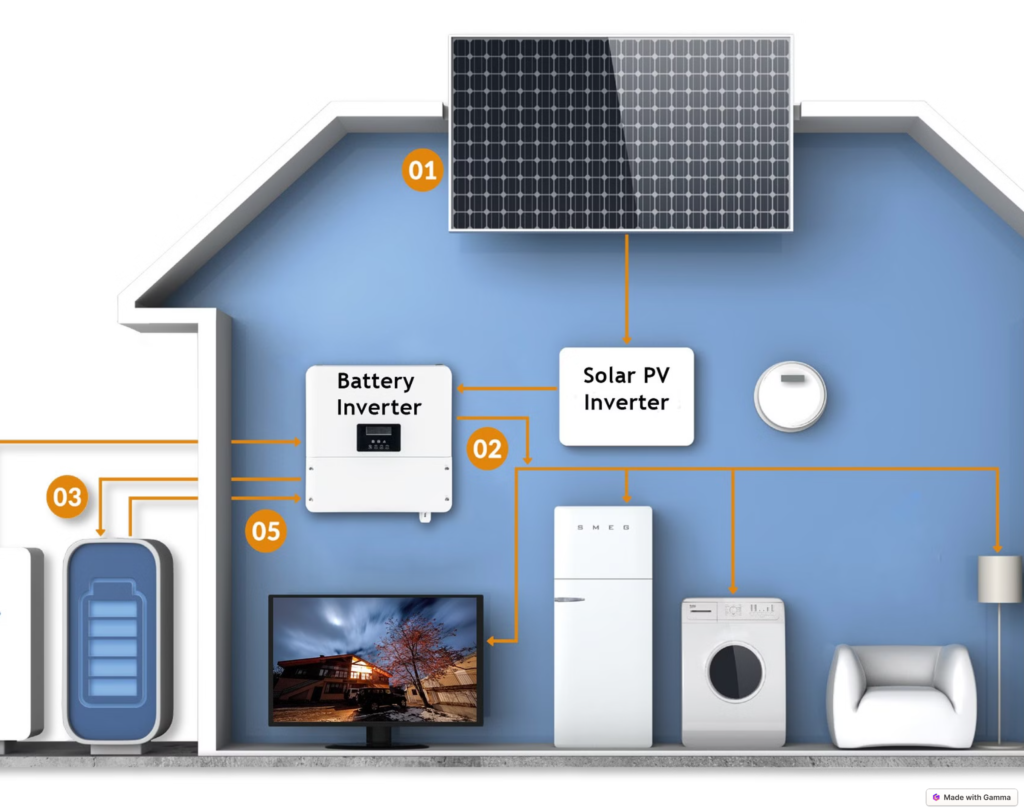When adjusting the installation Angle of solar panels with the seasons, the following points should be noted:
First, the basis for adjustment
Seasonal changes
With the change of seasons, the altitude Angle and azimuth Angle of the sun also change, which directly affects the amount of solar radiation received by solar panels. Therefore, the installation Angle of solar panels needs to be adjusted according to the seasons to optimize the power generation efficiency.
Geographical latitude
In regions with different geographical latitudes, the variation amplitudes of the sun’s altitude Angle and azimuth Angle are different. Generally speaking, the higher the latitude of a region, the greater the variation range of the solar altitude Angle. Therefore, more attention should be paid to seasonal adjustments.
Second, adjustment methods
Summer adjustment:
Adjust the direction: In summer, the altitude Angle of the sun is relatively high. The solar panels should be appropriately adjusted to an Angle parallel to the ground to reduce the Angle between the sunlight and the surface of the panels and improve the efficiency of light energy reception.
Adjustment range: The specific adjustment range needs to be determined based on the changes in local latitude and solar altitude Angle. Generally speaking, the installation Angle can be slightly smaller than that in spring or autumn.
Winter adjustment
Adjust the direction: In winter, the altitude Angle of the sun is relatively low. The solar panels should be appropriately adjusted to an Angle more perpendicular to the ground to increase the Angle between the sunlight and the surface of the panels and improve the efficiency of light energy reception.
The adjustment range: It also needs to be determined based on the changes in local latitude and the solar altitude Angle. Generally speaking, the installation Angle can be slightly larger than that in spring or autumn. Even an additional tilt Angle (for example, about 5 degrees higher than the geographical latitude) can be considered to maximize the power generation in winter.
Spring and autumn seasons
In spring and autumn, the altitude Angle of the sun is between that of summer and winter, so the installation Angle of solar panels should also be adjusted accordingly. Generally speaking, the installation Angle in spring or autumn can be adopted, or it can be slightly adjusted according to the local climatic conditions and power generation demands.
Third, adjust the precautions
Security:
When adjusting the installation Angle of solar panels, it is necessary to ensure the stability of the brackets and fixtures to prevent damage to the photovoltaic system or safety accidents caused by improper Angle adjustment.
Maintenance cost:
If an adjustable bracket system is adopted to adjust the installation Angle of solar panels, the maintenance cost and time cost during the adjustment process need to be taken into consideration. At the same time, attention should also be paid to the durability and reliability of the support system to ensure long-term stable operation.
Power generation efficiency and revenue
When adjusting the installation Angle of solar panels, both power generation efficiency and economic benefits need to be comprehensively considered. By making reasonable Angle adjustments, the maximum power generation can be achieved in different seasons, thereby increasing the overall revenue of the photovoltaic system.
Environmental factors:
When adjusting the installation Angle of solar panels, the influence of surrounding environmental factors also needs to be taken into account. For example, avoid the shading of solar panels by obstructions to reduce shadow loss; At the same time, it is also necessary to pay attention to the local climate conditions and weather changes in order to adjust the Angle in time to deal with adverse conditions.
Fourth, Summary
Adjusting the installation Angle of solar panels with the seasons is an important optimization measure, which can effectively improve the power generation efficiency and economic benefits of photovoltaic systems. During the adjustment process, comprehensive considerations should be made based on local latitude, seasonal changes, climatic conditions and power generation demands, and the safety and reliability of the adjustment process should be ensured.


